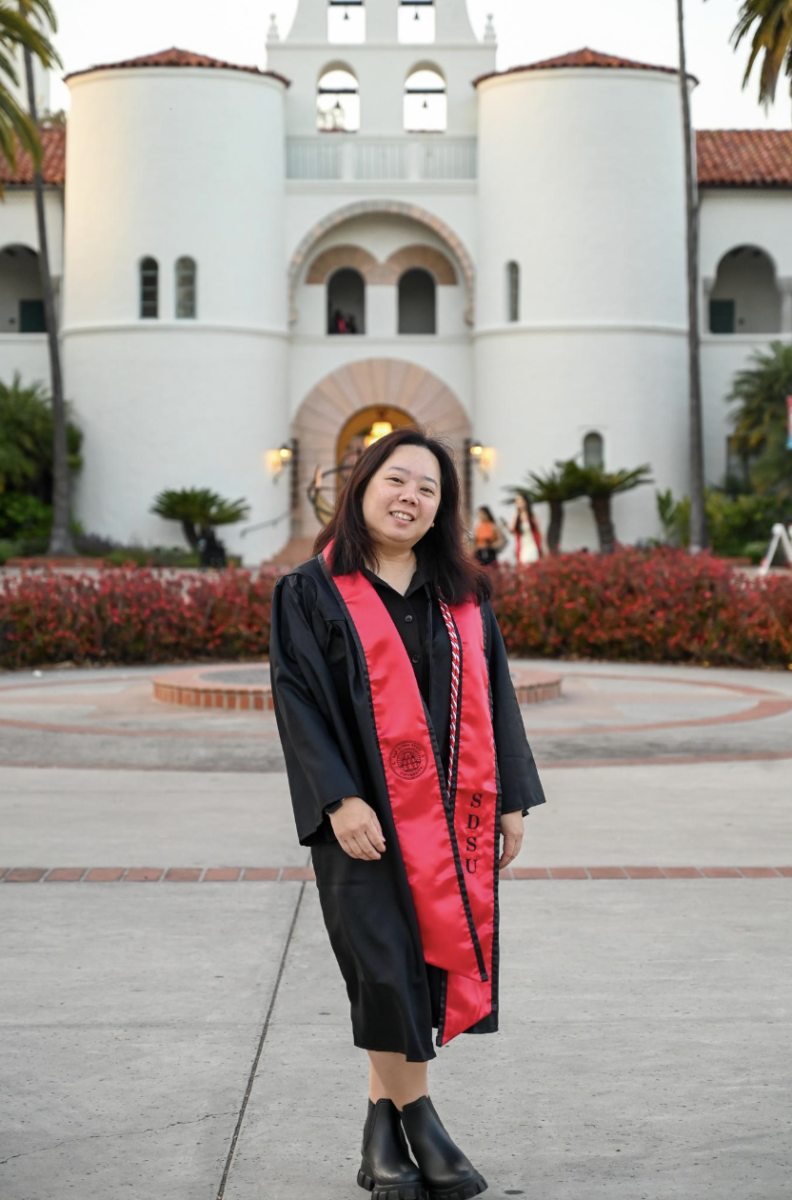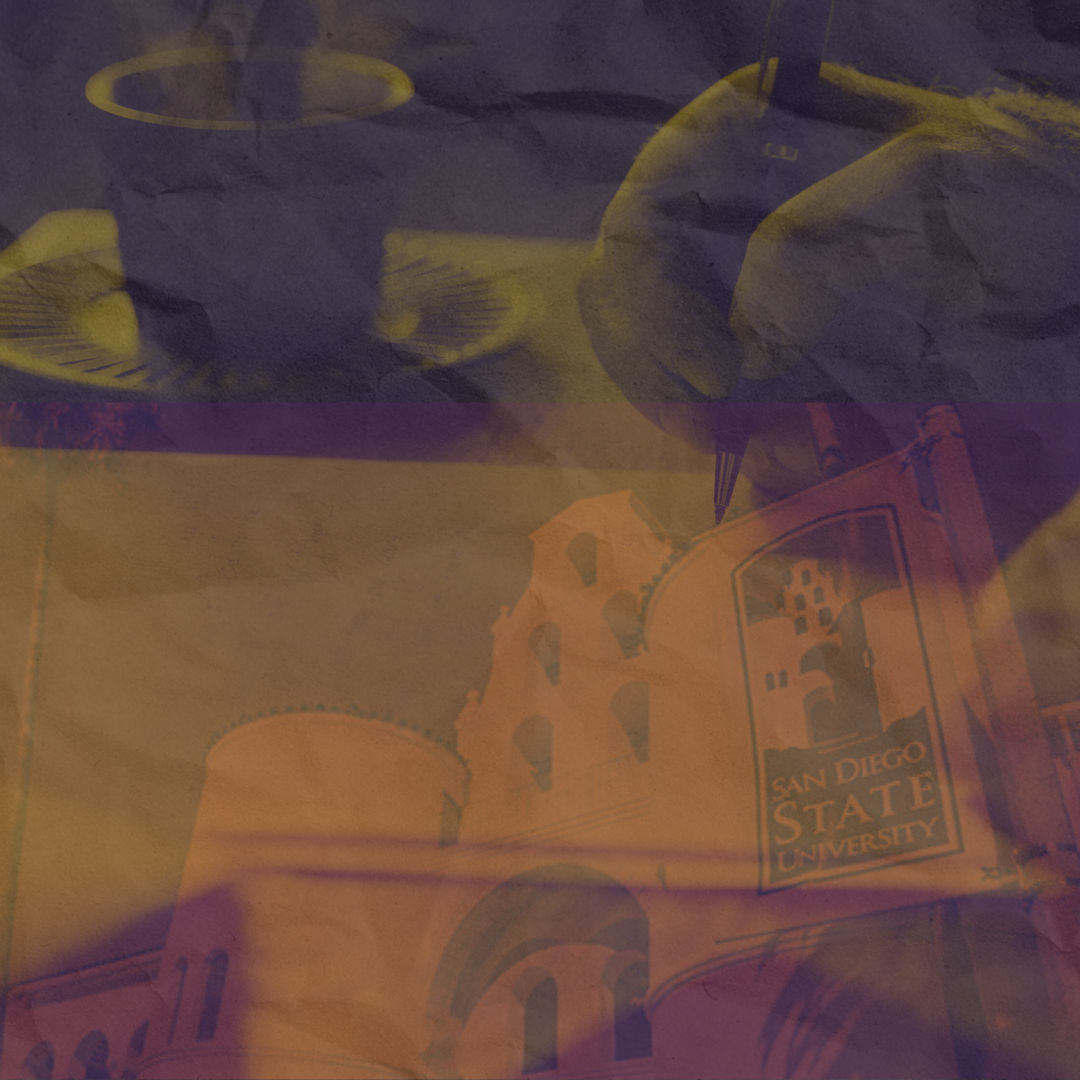
No student or faculty member at San Diego State should be surprised by the prevalence of alcohol and its role in college life. Also to no surprise, its role is significant and more often than not, detrimental.
How many people remember the eCHECKUP TO GO? It’s the ridiculously long survey all freshmen and transfer students at SDSU are required to take in order to be cleared for future registration. The survey asks questions concerning the frequency of an individuals’ use of alcohol and other substances, while questioning the reasons and motives behind these habits.
If all students who have taken the survey the same way I did years ago, then they didn’t put much thought or effort into their responses. Chances are, they tried to get it over with by clicking away furiously and only stopping to think for a few questions. I can’t even remember my results suggested about my habits upon my confession of a glass of wine here and there.
The responsibility of the university to promote alcohol safety is incredibly important and SDSU offers many resources, such as counseling, peer education programs and these alcohol surveys to help students prevent substance abuse.
According to Douglas Van Sickle, eCHECK UP’s project director, the program can be described as a “brief personalized feedback tool” for students. The program’s approach isn’t intended to preach abstinence, but to refer students to the resources available on campus by guiding them in the right direction incase they need it.
Van Sickle also believes counseling is a very valuable tool for students. He says it’s a professional and unbiased resource for someone to think through their issues.
The eCHECK UP’s purpose isn’t to flag students down and make sure they don’t self-medicate with alcohol or other substances, but rather to make suggestions for students who score at risk. According to Van Sickle, since the results are confidential, it can only be up to students to seek help and take the necessary steps in seeking help. Universities have the choice on how to use the program.
Well, maybe SDSU should be the kind of university that takes a proactive role; a university that takes an active role in educating its students about what they myst do and where they must go if they happen to need help with alcohol-related issues.
Even if the decision to seek help is in the students’ hands, it’s SDSU’s responsibility to go above and beyond to take preventative measures. A survey that tells students they’re at risk but does nothing to make sure the risk doesn’t become an incident is counterproductive.
Apart from the survey, Alcohol and Other Drugs is a site designed to provide information about SDSU’s efforts to reduce the effects of alcohol and other drugs on the campus’ learning environment. The AOD Initiative strives to reduce and prevent problems associated with alcohol and drug use.
Although the site includes an explanation of its model for alcohol and drugs prevention, it should be questioned how many students actually access this website for information.
There must be an easier way for students to be educated about these measures. The efforts SDSU is making to prevent problems associated with alcohol abuse must be visible on the way to class, while waiting in line at East Commons and on bulletin boards at every administrative office on campus.
I’m almost certain my university cares about my well-being. I’m also sure there are many people working for this institution who are passionate about helping students deal with any personal issues. The resources are all there and considering the costs of attendance, I’m glad they are. But I wonder how the university is making sure students are aware of what to do and where to go for help. In a perfect world, 20-somethings would take the initiative to check websites and ask for help, but this isn’t a perfect world and these methods aren’t working.
Alcohol gives way to dangerous problems and can even lead to death. The university can’t rely solely on students searching for this information on their own. SDSU should strive to keep students updated about the resources at their disposal frequently, not only at the beginning of their academic career.









